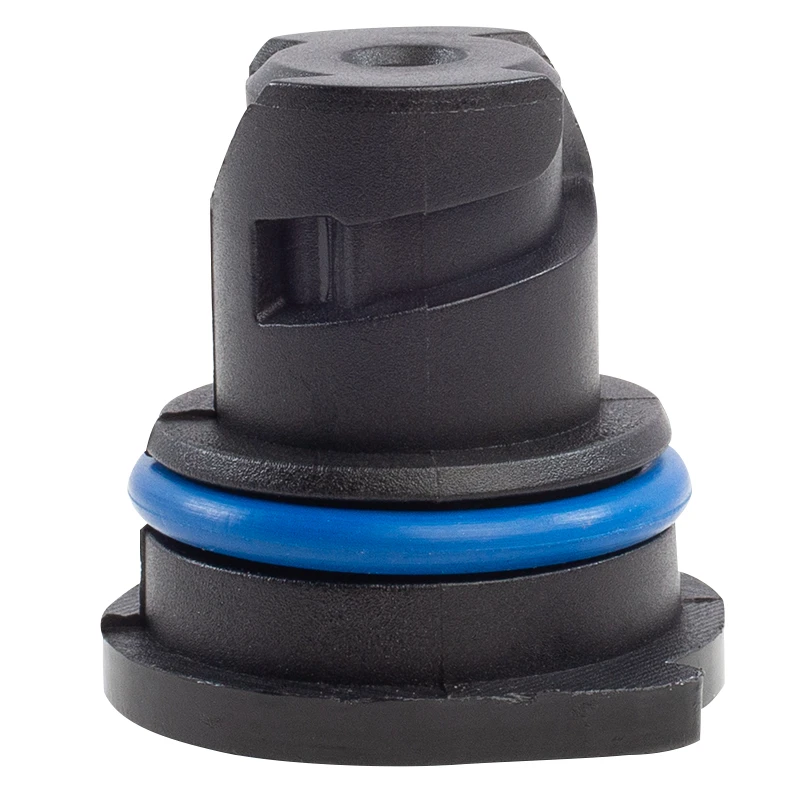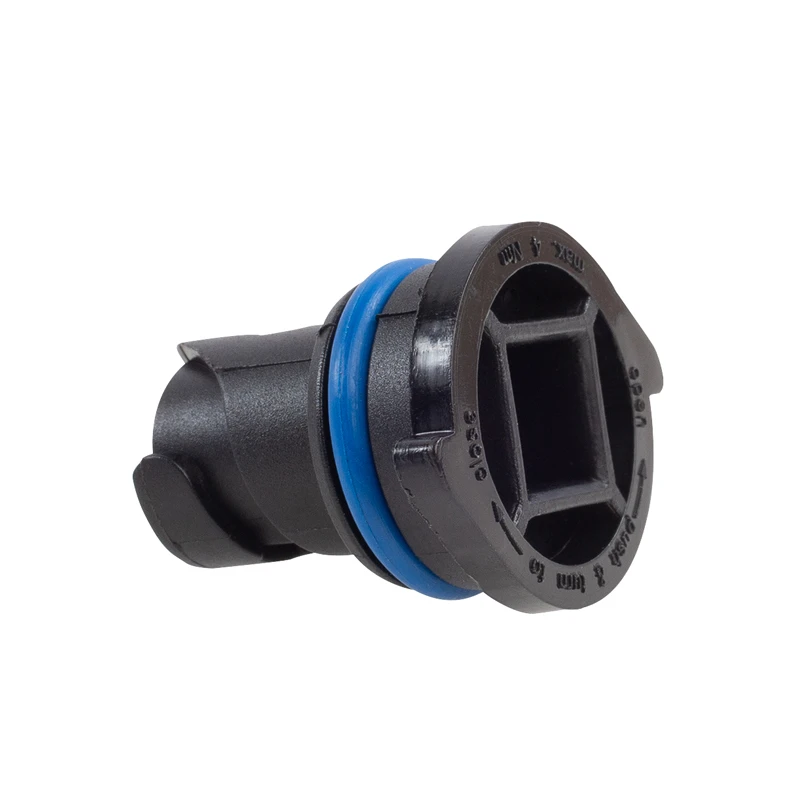automotive oil seal


Harnessing technical expertise, one must consider the type of seal design—whether a single lip or double lip, with or without a spring, is required. The operational environment, including temperature, pressure, and type of fluid to be sealed, will largely influence this decision. For environments subjected to high pressure, a double lip with a spring is often recommended to provide an extra layer of protection. Once these parameters are established, employing a trusted manufacturer or supplier becomes imperative. Gathering insights from technical datasheets and consulting with professionals who have a history of dealing in high-quality oil seals can significantly impact the reliability of the chosen seals. They can provide validation not only for the dimensions but for the material and design selected, reinforcing the durability and functionality of the seal in the intended application. Trustworthiness is a key element in this selection process. Ensuring that the oil seal supplier is compliant with industry standards and has a track record of quality assurance adds a layer of confidence in their products. Taking the time to evaluate testimonials and case studies of past implementations can provide a clear indication of the manufacturer's reliability. In conclusion, choosing the correct oil seal by dimension is a multi-faceted task that requires a blend of precise measurement, knowledgeable material selection, and trust in reputable suppliers. Making an informed decision fosters enhanced machinery performance, diminishes downtime, and extends the lifecycle of equipment. With the right expertise and authority in the field, the process of selecting an oil seal can transform from a challenge to a straightforward, rewarding experience.
-
Understanding the Front Main Engine Seal: Purpose, Maintenance, and Installation
News Jul.29,2025
-
Understanding O-Rings and Seal Rings: Types, Applications, and Custom Solutions
News Jul.29,2025
-
Understanding Crankshaft Oil Seals: Rear Seals, Pulley Seals, and Their Role in Engine Integrity
News Jul.29,2025
-
The Importance of Front and Rear Crankshaft Seals in Engine Performance and Oil Management
News Jul.29,2025
-
Crank Oil Seals: Functions, Types, and Cost Considerations in Engine Maintenance
News Jul.29,2025
-
A Comprehensive Guide to O-Rings and Seals: Types, Materials, and Global Applications
News Jul.29,2025
-
Mastering Diesel and Performance Engine Maintenance: A Guide to Critical Oil Gaskets
News Jul.28,2025
Products categories















